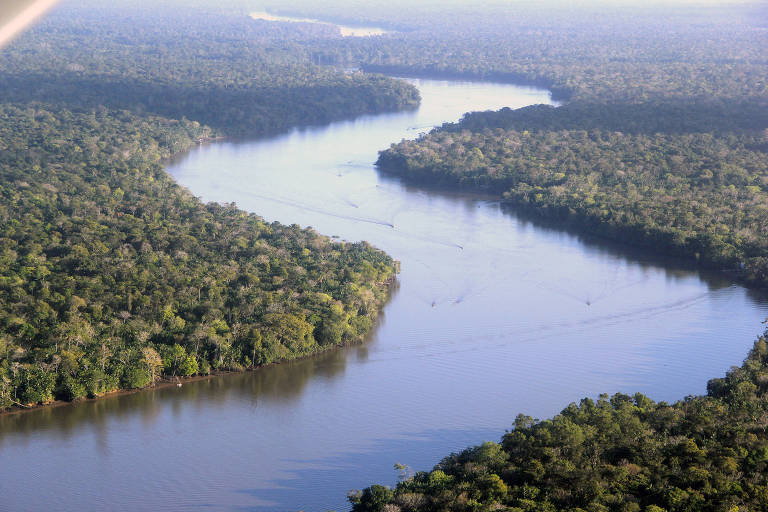Forests less affected by natural disasters and human action over millennia of evolution may paradoxically become the ones that concentrate the most vulnerable species to current destruction. Such forests are concentrated in the tropics and include the rainforest and the Amazon, according to a new study.
The cruel logic behind the findings, described in the latest issue of the journal Science by an international team of scientists with the participation of many Brazilians, has to do with the concept of "extinction filters."
According to this hypothesis, species exposed to severe threats during their evolutionary past would eventually become less susceptible to succumbing to new challenges such as habitat loss — so they would already have gone through an "extinction filter" and survived. On the other hand, animals and plants that have always lived in very stable environments would be relatively defenseless with the sudden and intense arrival of such threats.
The research group, which includes researchers such as Brazilian biologist Cristina Banks-Leite of Imperial College London, tested this hypothesis by analyzing a database of information on 4,489 animal species from around the world, including arthropods (a group including insects), birds and mammals, among others.
They cross-linked information on the geographic distribution of critters with data on the incidence of severe storms (such as Caribbean hurricanes), the presence of glaciers, large natural fires, and historical cases of large-scale deforestation (with more than 50% loss).
Another crucial factor taken into account by the team is forest fragmentation and the relationship of each species with this variable. As the name suggests, very fragmented habitats are those that have been devastated to such an extent that only isolated and relatively small patches of forest are left, often surrounded by what ecologists call the 'matrix' (usually agricultural areas or in some cases, urban).
Translated by Kiratiana Freelon
